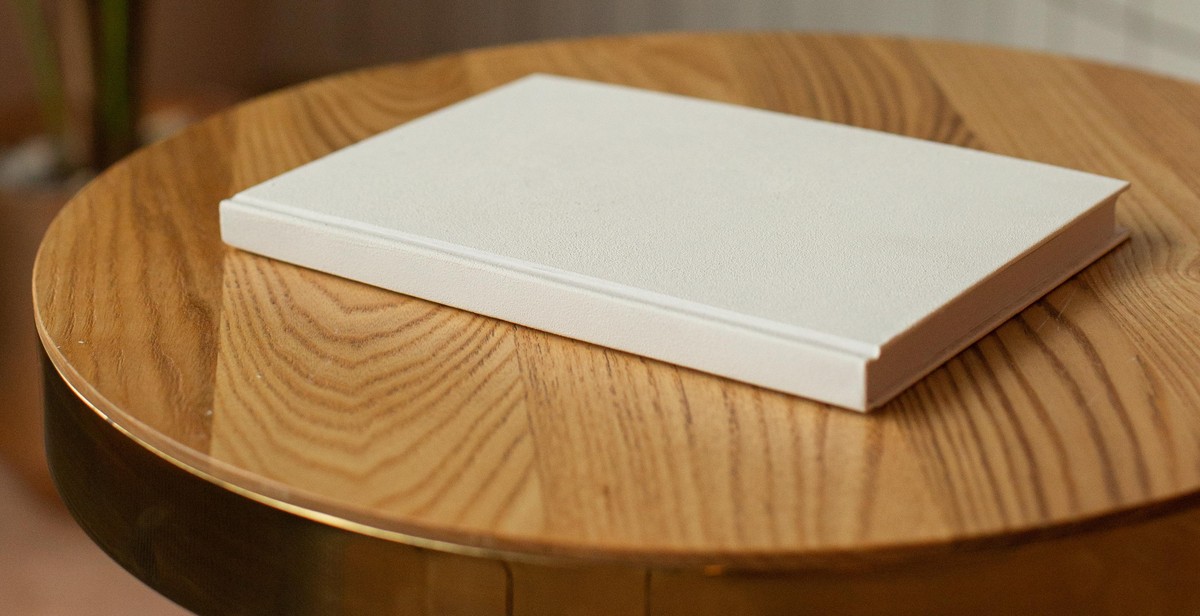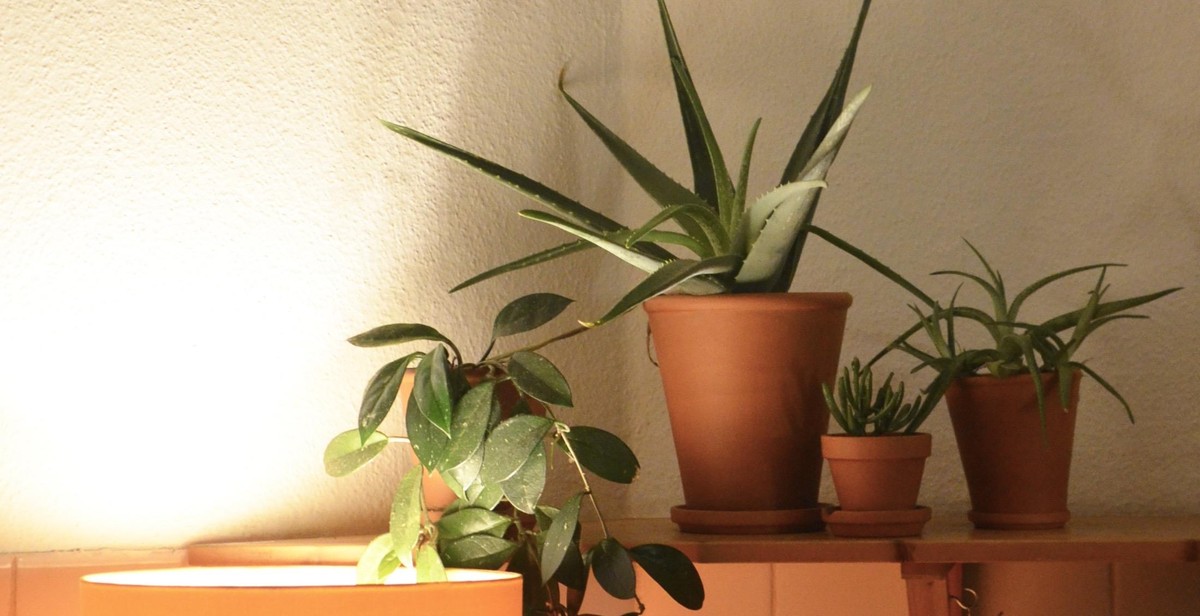How to Propagate Succulents and Create a Thriving Collection
Succulents are a popular choice for indoor and outdoor gardening due to their unique appearance, low maintenance requirements, and ability to thrive in a variety of environments. One of the best things about succulents is that they are easy to propagate, making it possible to create a thriving collection of plants with just a few initial specimens.
In this article, we will explore the various methods of propagating succulents and share tips for creating a successful collection. Whether you are a seasoned gardener or new to the world of succulents, this guide will provide you with the knowledge and tools needed to grow a beautiful and diverse collection of these fascinating plants.
Why Propagate Succulents?
Propagating succulents is a great way to expand your collection without having to spend a lot of money on new plants. Additionally, propagating allows you to create new and unique varieties by crossbreeding different types of succulents.
Another benefit of propagating succulents is that it can help to prevent the loss of a favorite plant. If a succulent begins to decline or die, propagating it can ensure that you still have a healthy specimen to enjoy.
Methods of Propagating Succulents
There are several methods of propagating succulents, including:
- Leaf cuttings
- Stem cuttings
- Offsets or “pups”
- Division
Each method has its own advantages and disadvantages, and the best method for you will depend on the type of succulent you are propagating and your personal preferences.
Creating a Thriving Succulent Collection
Once you have propagated your succulents, it is important to provide them with the proper care to ensure that they thrive. This includes selecting the right soil, providing adequate sunlight and water, and protecting them from pests and diseases.
By following the tips and techniques outlined in this guide, you can create a thriving collection of succulents that will bring beauty and joy to your home or garden for years to come.

Understanding Succulent Propagation
Succulent propagation is the process of creating new plants from existing ones. This can be done through various methods such as stem cuttings, leaf cuttings, division, and seed propagation. It is a popular technique among succulent enthusiasts as it allows them to expand their collection without having to purchase new plants.
Why Propagate Succulents?
There are several reasons why succulent propagation is a popular practice. Firstly, it allows you to create new plants for free. Instead of purchasing new succulents, you can propagate from your existing collection. Secondly, it is a great way to save a plant from damage or disease. By propagating a healthy section of a plant, you can ensure that it will continue to thrive even if the original plant is struggling. Finally, propagation allows you to experiment with different varieties and create unique hybrids.
Another benefit of succulent propagation is that it is relatively easy to do. Most succulents are hardy and can withstand the process of propagation. With a little bit of knowledge and practice, anyone can successfully propagate their own succulents.
Methods of Succulent Propagation
There are several methods of succulent propagation, each with its own advantages and disadvantages. The most popular methods include:
- Stem cuttings
- Leaf cuttings
- Division
- Seed propagation
Each of these methods will be discussed in detail in the following sections.

How to Propagate Succulents
Succulents are popular houseplants because they are low maintenance, come in a variety of shapes and sizes, and are easy to propagate. Propagation is the process of creating new plants from existing ones. There are three common methods of propagating succulents: leaf propagation, stem propagation, and offsets propagation.
Leaf Propagation
Leaf propagation is the process of creating a new succulent plant from just one leaf. This method is suitable for succulent varieties with thick, fleshy leaves. Follow these steps:
- Remove a healthy leaf from the parent plant by gently twisting it off.
- Allow the leaf to dry for a few days until a callus forms over the wound.
- Place the leaf on well-draining soil and mist it with water every few days.
- Within a few weeks, roots will start to form, and a new plant will emerge from the base of the leaf.
Stem Propagation
Stem propagation is the process of creating a new plant from a stem cutting. This method is suitable for succulent varieties with woody stems. Follow these steps:
- Cut a healthy stem from the parent plant with a clean, sharp knife.
- Allow the stem to dry for a few days until a callus forms over the wound.
- Place the stem cutting in well-draining soil and mist it with water every few days.
- Within a few weeks, roots will start to form, and a new plant will emerge from the base of the stem.
Offsets Propagation
Offsets propagation is the process of creating a new plant from an offset or a baby plant that grows at the base of the parent plant. This method is suitable for succulent varieties that produce offsets. Follow these steps:
- Carefully remove the offset from the parent plant by gently twisting it off.
- Allow the offset to dry for a few days until a callus forms over the wound.
- Place the offset in well-draining soil and mist it with water every few days.
- Within a few weeks, roots will start to form, and a new plant will emerge from the base of the offset.
| Propagation Method | Plant Variety | Difficulty Level |
|---|---|---|
| Leaf Propagation | Thick-fleshy leaf succulents | Easy |
| Stem Propagation | Woody stem succulents | Easy |
| Offsets Propagation | Offset producing succulents | Easy |

Preparing for Succulent Propagation
Before you start propagating succulents, you need to prepare the right environment for them to thrive. This involves choosing the right container, preparing the soil, and ensuring they get the right amount of water and sunlight.
Choosing the Right Container
The container you choose for your succulent cuttings is critical to their success. It needs to be large enough to accommodate the cuttings and have adequate drainage holes to prevent water from pooling and causing root rot. A shallow container with a width of at least 4 inches is ideal for succulent propagation. You can use a plastic or clay pot, or even a recycled container like a teacup or a glass jar.
Preparing the Soil
Succulents need well-draining soil to prevent their roots from sitting in water and rotting. You can create your own succulent soil mix by combining equal parts of sand, perlite, and potting soil. Alternatively, you can purchase a ready-made succulent soil mix from a garden center or nursery. Fill the container with the soil mix, leaving enough space for the cuttings to be planted.
Watering and Sunlight
Once you have planted your succulent cuttings, it’s essential to water them correctly. Water the soil thoroughly, but allow it to dry out completely before watering again. Overwatering can lead to root rot and kill your succulents. Succulents also need plenty of sunlight to grow and thrive. Place your container in a bright, sunny spot, but avoid direct sunlight for extended periods, as it can scorch the leaves.
By following these simple steps, you can create the ideal environment for your succulent cuttings to take root and grow into healthy, thriving plants.

Caring for Your Propagated Succulents
Once you have successfully propagated your succulents, it’s important to keep them healthy and thriving. Here are some important tips for caring for your propagated succulents:
Watering
One of the most important things to remember when caring for succulents is to avoid overwatering. Overwatering can lead to root rot and ultimately kill your plants. Allow the soil to dry out completely before watering again. The frequency of watering will depend on the climate and humidity in your area. In general, it’s better to underwater than overwater your succulents.
Sunlight
Succulents require ample sunlight to thrive. Place your propagated succulents in a location where they can receive at least 6 hours of sunlight per day. Be careful not to expose them to direct sunlight for too long, as this can burn their leaves. If you’re growing succulents indoors, place them near a sunny window or under grow lights.
Fertilizing
Succulents don’t require a lot of fertilizer, but they do benefit from occasional feeding. Use a balanced, water-soluble fertilizer once a month during the growing season. Be sure to follow the instructions on the package carefully, as overfertilizing can be harmful to your plants.
By following these simple tips, you can ensure that your propagated succulents stay healthy and beautiful for years to come.

Common Problems in Succulent Propagation
While succulent propagation is generally easy, there are some common problems that you might encounter along the way. Here are three of the most common issues:
1. Overwatering
Overwatering is one of the most common problems when it comes to succulent propagation. Succulents are adapted to arid environments, so they don’t need a lot of water. When you overwater your succulents, their roots can rot, which can lead to the death of the plant. To prevent overwatering, make sure your soil is well-draining and only water your succulents when the soil is completely dry.
2. Underwatering
While overwatering is a common problem, underwatering can also be an issue. When succulents don’t get enough water, their leaves can shrivel up and fall off. To prevent underwatering, make sure you water your succulents regularly, but don’t overdo it. A good rule of thumb is to water your succulents once a week during the growing season and once every two to three weeks during the dormant season.
3. Pests and Diseases
Succulents are generally hardy plants, but they can still be susceptible to pests and diseases. Some common pests that can affect succulents include mealybugs, spider mites, and scale insects. To prevent pests, make sure you keep your succulents clean and free of debris. If you do encounter pests, you can try using a natural insecticide or simply wiping the leaves with a damp cloth. In terms of diseases, root rot is one of the most common issues. To prevent root rot, make sure your soil is well-draining and don’t overwater your succulents.

Conclusion
Propagating succulents is a fun and rewarding way to expand your collection and create a thriving indoor or outdoor garden. With the right tools, materials, and techniques, you can easily propagate succulents from leaves, cuttings, or offsets and watch them grow into healthy, vibrant plants.
Remember to choose healthy parent plants, use well-draining soil, and provide adequate light and water for your propagating succulents. Be patient and keep a close eye on your new plants as they develop roots and leaves. With time and care, you’ll have a beautiful collection of unique and stunning succulents to enjoy.
Whether you’re a beginner or a seasoned gardener, propagating succulents is a great way to learn about plant growth and care. Experiment with different propagation methods and see what works best for you and your plants. With a little practice and patience, you’ll be able to propagate succulents like a pro and create a thriving collection of your own.
- Choose healthy parent plants
- Use well-draining soil
- Provide adequate light and water
- Be patient and keep a close eye on your new plants
- Experiment with different propagation methods
With these tips and tricks, you’ll be well on your way to propagating and growing a thriving collection of succulents. Happy planting!
